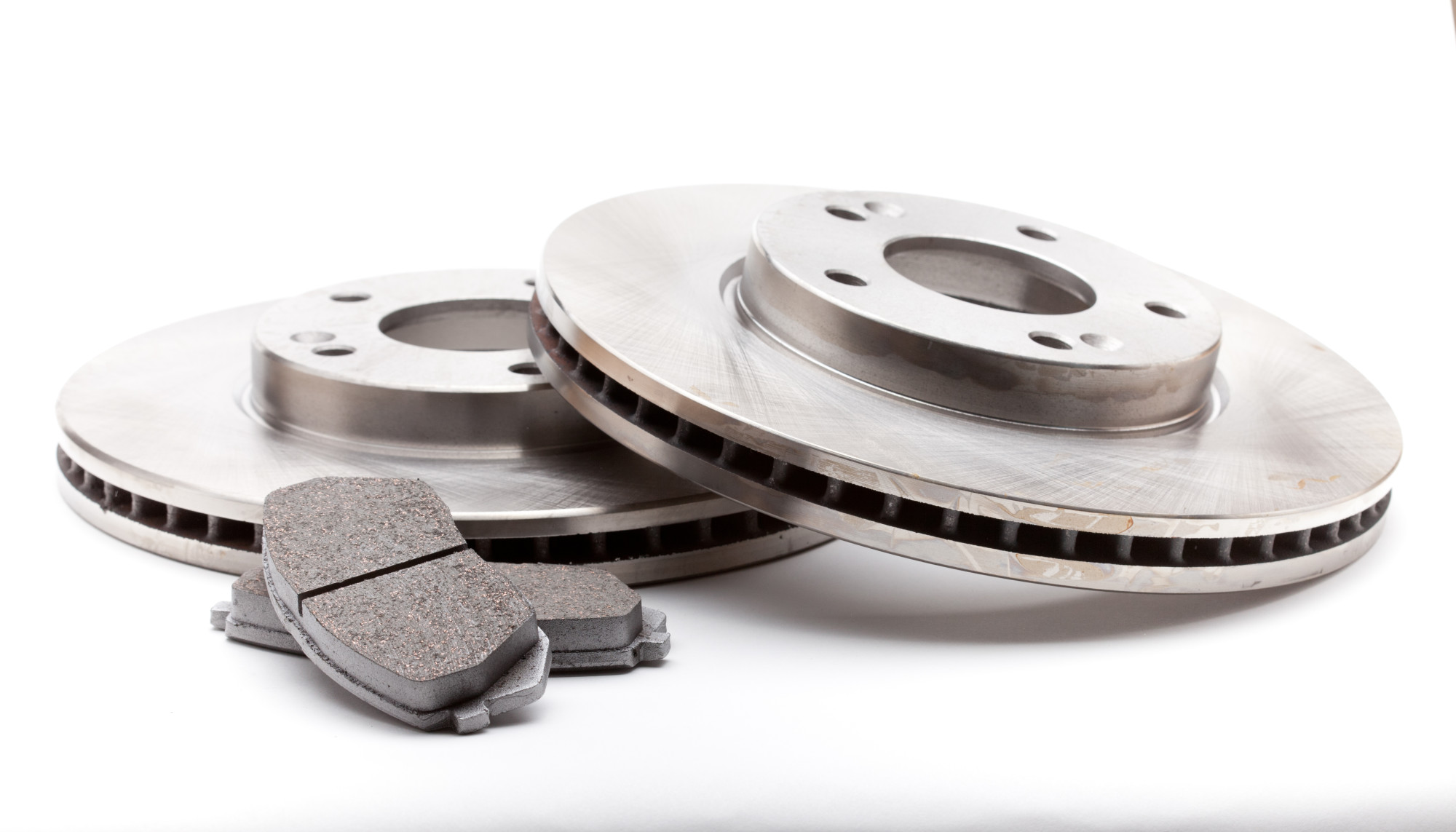Welcome to our guide on brake pad maintenance! One of the most crucial aspects of keeping your vehicle safe and running smoothly is ensuring that your brake pads are in good condition. But how often should you change your brake pads? In this article, we’ll discuss the frequency at which brake pads should be replaced to ensure optimal performance and safety for your vehicle. So let’s dive in and learn how often to change brake pads for a worry-free driving experience.
Maximizing Safety: How Often Should You Change Your Brake Pads?

Brake pads are an essential component of any vehicle’s braking system. They are responsible for slowing down and stopping the vehicle by creating friction against the brake rotors. Over time, brake pads can wear down and become less effective, compromising the safety of the vehicle. This leads to an important question: how often should you change your brake pads to ensure maximum safety while driving?
The answer to this question depends on a variety of factors, including your driving habits, the type of brake pads used, and the type of vehicle. However, as a general guideline, it is recommended to change your brake pads every 50,000 miles or every 3 to 5 years, whichever comes first. It is also important to regularly check the condition of your brake pads and replace them if they show signs of wear and tear.
One of the main factors that can affect the lifespan of your brake pads is your driving habits. If you frequently drive in stop-and-go traffic, engage in heavy braking, or drive on steep and hilly roads, your brake pads will wear down more quickly. This is because these types of driving conditions require more frequent use of the brakes, causing them to wear down faster.
The type of brake pads used in your vehicle can also impact their lifespan. There are three main types of brake pads: organic, ceramic, and semi-metallic. Organic brake pads are made from materials such as rubber, glass, and resin, and are generally the least expensive option. However, they also tend to wear down faster and produce more dust. Ceramic brake pads are more durable and produce less dust, but they can be more expensive. Semi-metallic brake pads are made from a mix of metal and other materials, making them more durable and better suited for heavy-duty driving.
In addition to considering your driving habits and the type of brake pads, it is important to follow the recommendations of your vehicle’s manufacturer. The owner’s manual will typically have a recommended interval for changing brake pads, which can vary based on the make and model of your vehicle. It is important to follow these recommendations to ensure that your braking system is functioning properly and to avoid any potential safety hazards.
Regularly checking the condition of your brake pads is crucial for maintaining your vehicle’s safety. Signs that your brake pads may need to be replaced include squealing or grinding noises when braking, a soft or spongy brake pedal, or a longer stopping distance. If you notice any of these warning signs, it is important to have your brake pads inspected and replaced if necessary.
In conclusion, changing your brake pads every 50,000 miles or every 3 to 5 years is a good rule of thumb for maintaining the safety of your vehicle. However, it is important to also consider your driving habits, the type of brake pads used, and the recommendations of your vehicle’s manufacturer. Regularly checking the condition of your brake pads and replacing them when needed is crucial for ensuring maximum safety while driving.In conclusion, it is important to regularly check and replace your brake pads to ensure safe and efficient braking. By following the manufacturer’s recommendations and paying attention to warning signs, you can determine how often to change brake pads for your specific vehicle. Keeping up with routine brake pad maintenance will not only improve your vehicle’s performance, but also increase its longevity and safety on the road. Don’t delay in replacing worn brake pads and prioritize the safety of yourself and others on the road. Remember, regular maintenance is key in ensuring your brakes are in top condition and ready to handle any driving situation. So, be sure to schedule regular brake pad inspections and replacements to keep your vehicle running smoothly and safely.